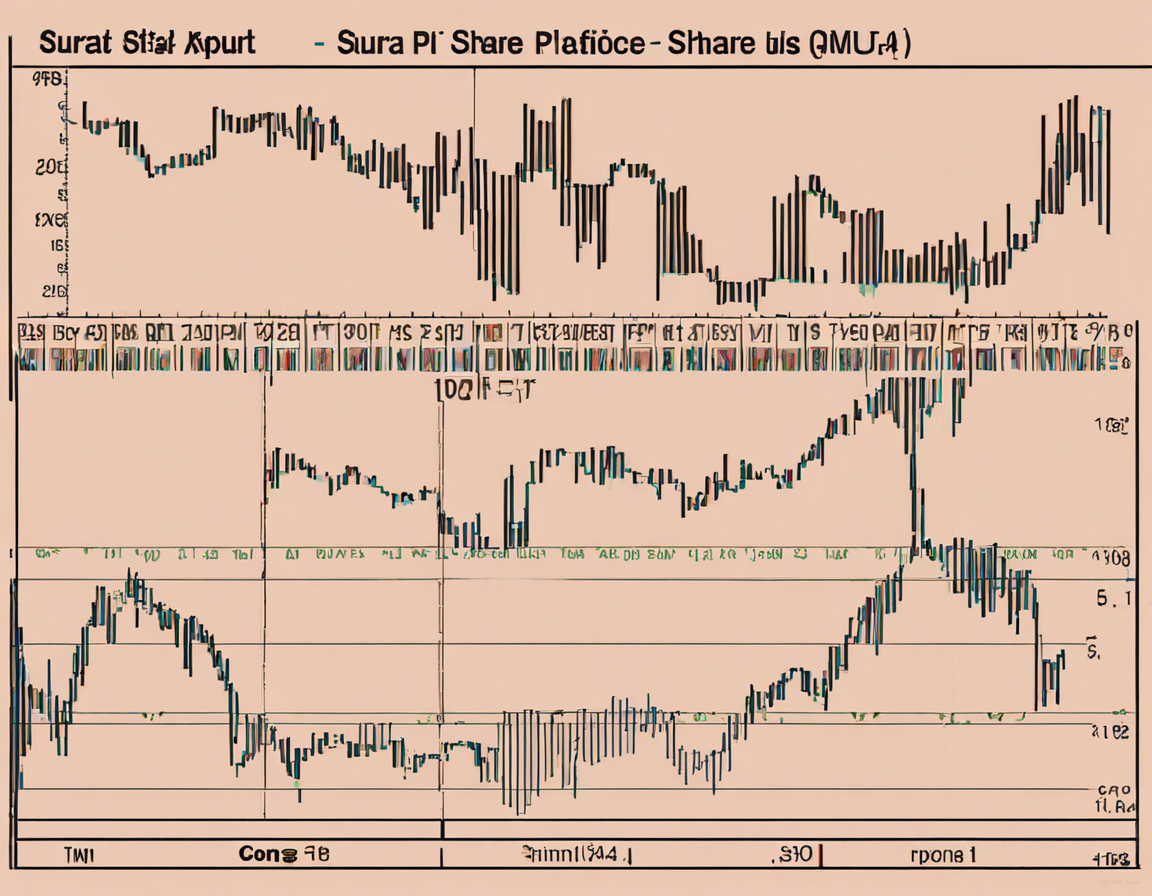Are you an investor looking to delve into the world of stock trading? Perhaps you have come across Surat Trade and are interested in understanding more about its share price analysis. In this post, we will provide you with a comprehensive overview of Surat Trade, its historical performance, factors influencing its share price, and how you can conduct your own analysis to make informed investment decisions.
Understanding Surat Trade
Surat Trade is a renowned company in the [specific industry] sector, operating in [specific regions]. Established in [year], the company has a strong market presence and a robust track record. Its primary business activities include [brief description of the main operations]. Surat Trade is listed on [stock exchange] and its share price is a reflection of its financial performance and market dynamics.
Historical Performance
Analyzing Surat Trade’s historical share price performance is crucial to gain insights into how the company has fared over time. By studying trends, patterns, and key events, investors can better understand the factors influencing the stock price. Factors such as financial reports, market conditions, industry trends, and macroeconomic indicators all play a role in determining the share price.
Factors Influencing Share Price
Several factors can impact Surat Trade’s share price, both in the short term and long term. These include:
– Financial Performance: Surat Trade’s revenue growth, profitability, and cash flow metrics all have a direct impact on its share price.
– Market Sentiment: Investor perception, market trends, and news can influence how the market views Surat Trade, affecting its share price.
– Industry Trends: Developments in the [specific industry] sector can have a ripple effect on Surat Trade’s share price.
– Regulatory Environment: Changes in regulations or government policies can impact Surat Trade’s operations and ultimately its stock price.
Conducting Share Price Analysis
Investors can employ various methods to analyze Surat Trade’s share price, including:
– Technical Analysis: Studying historical price charts, trends, and indicators to identify potential entry and exit points.
– Fundamental Analysis: Evaluating Surat Trade’s financial statements, earnings reports, and industry comparisons to assess its intrinsic value.
– Peer Comparison: Comparing Surat Trade’s performance with its industry peers to gauge its relative valuation.
Key Metrics to Consider
When analyzing Surat Trade’s share price, it is essential to consider key financial metrics such as:
– Earnings Per Share (EPS)
– Price-Earnings (P/E) Ratio
– Return on Equity (ROE)
– Debt-to-Equity Ratio
– Market Capitalization
Risks and Challenges
Investing in the stock market carries inherent risks, and it is essential to be aware of potential challenges when analyzing Surat Trade’s share price. These could include market volatility, economic downturns, industry disruptions, and company-specific risks.
FAQs
Q: What has been Surat Trade’s historical share price performance?
A: Surat Trade’s share price has shown [specific trend] over the past [time period], influenced by factors such as [list key factors].
Q: How can I conduct fundamental analysis of Surat Trade?
A: To analyze Surat Trade fundamentally, review its financial statements, assess its growth prospects, and compare its performance with industry benchmarks.
Q: What role does market sentiment play in Surat Trade’s share price?
A: Market sentiment can significantly impact Surat Trade’s share price, as investor perception and trends shape the stock’s valuation.
Q: What are key financial metrics to consider when analyzing Surat Trade’s share price?
A: Important metrics include EPS, P/E ratio, ROE, debt-to-equity ratio, and market capitalization.
Q: How can I mitigate risks when investing in Surat Trade’s shares?
A: Diversifying your portfolio, staying informed about market developments, and conducting thorough research can help manage risks associated with investing in Surat Trade.
